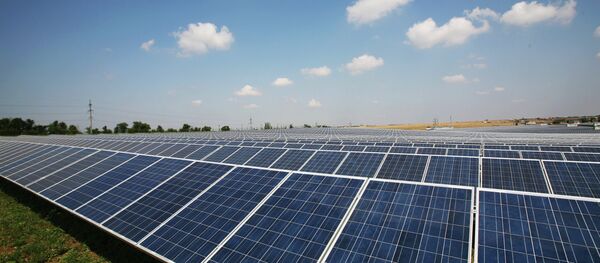“During January, February and March so far (75 days) it has been unnecessary to use oil to fuel the country's grid,” they announced in a press release.
The statement went on to say that this was partly the result of heavy rainfall this year which filled reservoirs used by geothermal power producers. However, Costa Rica can mark the success as another step forward in their program to achieve complete energy independence and carbon neutrality.
In 2009, Costa Rica announced its intention to become carbon-neutral by 2021.The country already generates Costa Rica around 90 percent of its total electricity from renewables. The majority comes from hydroelectric plants which supply about 68 percent of the nation’s energy.
The country has put its money where its mouth is and invested heavily in the effort and they are also getting foreign aid. Last year, the government approved a $958 million geothermal project for which they are also receiving help from the Japanese International Cooperation Agency and European Investment Bank. They are also developing 100 megawatts worth of wind farms and 40 megawatts worth of hydroelectric plants that they plan to have operational this year.
If successful, a reliance on renewables could make the country more susceptible to climate change, especially if other nations do not follow suit in an attempt to combat global warming. Droughts would mean a decrease in the ability to generate hydroelectric power.




